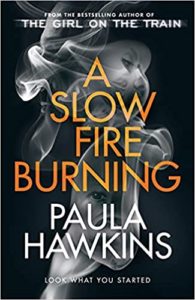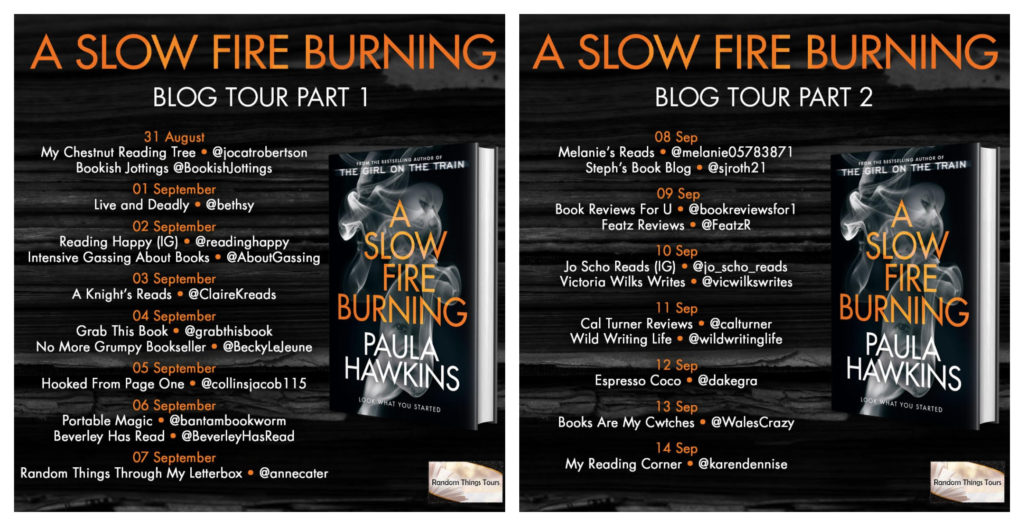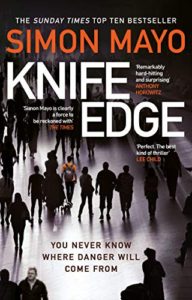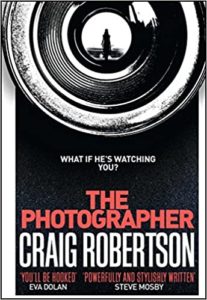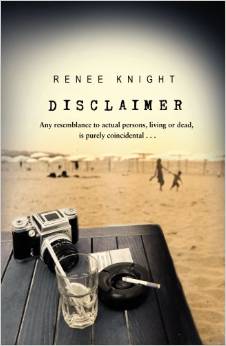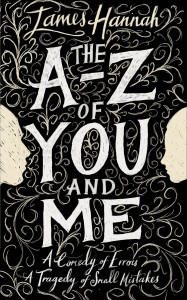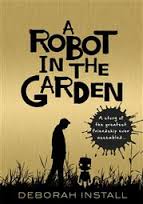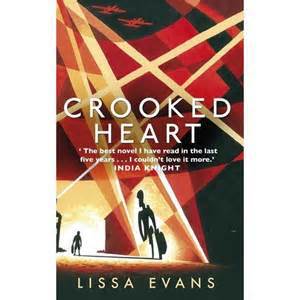Today I am delighted to welcome Deborah Install to the blog to discuss the wonderful A Robot In The Garden. We chatted a few days before publication but the good news is that you can pick up the Tang’s adventure now as A Robot In The Garden was published on 23rd April.
 I suppose the first question has to be: why a robot?
I suppose the first question has to be: why a robot?
That’s a good question – and the honest answer that I don’t know! He just came to me like that. The whole premise came out of the name, ‘Acrid Tang’ (off the back of a conversation about nappies!) and that just always sounded like a robot to me. The conversation happened one night, and by the next morning the outline of Ben, Tang and Bollinger were there, as was the journey. I grew up in the heyday of Star Wars and The Terminator, though, so perhaps I was always going to write a robot book, I just never knew it!
In the book robots are commonplace and form part of most households, is the story set at some point in the near future or in an alternate ‘now’?
I was very keen that Ben and Tang’s world should be a recognisable world, where the only real difference was that AI is household, so I guess when I started writing I probably had in mind an alternate reality. Since writing the book though robot technology seems to have leapt ahead and now there is a real possibility that robot carers and the like will be available soon, so as it happens the book could be set in the near future.
Tang is depicted as having a somewhat comical appearance – the robot that other robots look down upon and laugh at (cyber bullying as it were). Why did Tang have to be so different?
I think because I started with Tang and knew exactly what he looked like I sort of retrofitted the androids, making them up to date and shiny and therefore providing a point of antagonism between Ben and Amy, with the latter wanting one of the shiny ones. Tang also parallels Ben, both being broken but in different ways, so there was an opportunity to cement their friendship as they faced a critical world together. When I describe the difference between Tang and the rest of the AI around him I liken them to phones – smartphones are so prevalent now that those without often get gently teased about it. I put in the conversation between Lizzie and Ben about phones to help the allusion. That said, Tang is only like a retro phone on the outside, of course, but other AI don’t seem to see this.
I described Tang in my review as childlike and noted that he could behave like a toddler: many of his conversations certainly exhibit perfect toddler logic. Is Tang a young robot or are his frustrating/endearing traits down to an innocence?
It’s a bit of both, I think. That Tang is like a toddler was a large part to do with injecting humour – a quick look at friends’ facebook posts about their children tells me that toddlers are inherently funny, and it’s a feature of life as a parent that can be identified by many. Weirdly, though, when I wrote the book my own son was a small baby and not talking, but he’s actually got more and more like Tang as time has gone on – he evens hops from foot to foot in excitement. Tang’s personality is also down to his experience – he has a darker edge when it comes to Bollinger. For example Ben has to tell him that it is unkind to leave Bollinger possibly at risk, but I guess that’s a toddler thing too, learning empathy.
Could we see Tang return, perhaps next time mirroring a stroppy teenager?
Absolutely. Though obviously he isn’t subject to the hormones of a teenager, he is subject to some of the experience of one – the wish to exercise independence and the possibility of falling in love. I have plans but whether they are realised depends entirely on whether readers want to see them! 🙂
I loved the book cover – my eyes were drawn to it and I found I wanted to know what the story behind the title was. How much input did you have regarding the cover, in particular how the robot was drawn?
None at all. I am a big believer in people being allowed to do the job they’re hired to do, so I was happy to leave it to the professionals at Transworld and the wonderful Neil Gower to create the cover. I’m not saying I’ll never want input into a cover, but at this stage of my career I’m happy to accept that I don’t know anything!
How long did it take to get Tang from an idea to full publication?
I have been very, very lucky. I started writing Tang in autumn 2012, got my agent in September 2013 and the book was picked up by Transworld in early summer in 2014. I have been told this is pretty fast.
 As we are now just days from the official publication date how does it feel?
As we are now just days from the official publication date how does it feel?
It’s amazing. It’s only when it got to about six weeks before publication that I started to allow myself to be really excited, though, otherwise I think I’d have burned out. It’s been my ambition since childhood, and 30 years is a long time to incubate a dream so sometimes it almost feels a bit like it’s happening to somebody else. I can’t really describe it, except to say I can’t wait to hold the book in my arms just like you would a newborn baby!
Could you outline A Robot In The Garden in one sentence?
(My initial effort of The Man and Robot Bro-mance Roadtrip is not going to cut it).
Oh, I don’t know, I think that’s a pretty good assessment! My early elevator pitch whilst I was still writing was something like ‘Short Circuit meets Round Ireland with a Fridge’, but the book moved on so far since then that I don’t think that really covers it. So let’s see…how about: broken man finds broken robot and through a series of comedy capers both are fixed? I kinda like that.
In the author notes at the end of A Robot In The Garden you take time to thank the writing groups you have worked with. Had you started working on a novel prior to joining a writing group or did the book stem from the groups?
I had, yes. I’ve been writing fiction since I could pick up a pencil, and attempting novels since my late teens, with a break in my twenties while I gained some life experience! I joined Solihull Writers’ Workshop with a novel that had been shelved for a while with the intention of picking it back up again, and I did, but after a break from the group for a few months while I had my baby I went back with a new little project about a man and a robot…I just felt I wanted to write something lighter and funnier than my previous, which was a serious YA science fantasy.
I grew up in the 80’s and have fond memories of Metal Mickey, K9, Johnny 5 and R2-D2. I now have two kids and cannot immediately think of any robots in their TV or films (though R2 is still kicking around I suppose). Is it time Robots were cool again?
I think so! This year seems very much to be the Year of the Robot, with films like Ex Machina and Chappie both out this quarter, and ARITG, of course. We are so close to integrating the kind of robots we all imagine into society that it makes sense for us to explore our relationship with them at this time. Also, robots aren’t just for boys and sci-fi fans – you’d be amazed at the bias when you mention the word ‘robot’.
I always like to know what other people are reading, what would I see on your bookshelves?
Unsurprisingly I love funny novels, especially where the humour is well-observed. I am a big fan of Alexander McCall-Smith and Nick Hornby. I’m also a bit of a sucker for historical crime, such as C.J. Sansom. Aside that, I’ll give any sort of novel a go, really, you never know when something different will capture your imagination.
Which authors have you found inspiring?
The Handmaid’s Tale made a big impression on me as a teen, and Margaret Atwood has been a great inspiration to me as a woman writing future-set novels. I also can’t let the question go by without mentioning the wonderful late Terry Pratchett, whose legacy is such an incredible inspiration. Lessons in world-building and character creation. J.K. Rowling, similarly. I think she is the Queen of Characters, and I admire her ethos on social politics and what she has chosen to do with her success.
Finally, do you have any new projects underway that you can share?
Indeed! I have already mentioned the possibility of more Tang, but also I’m writing a separate project involving time travel (also comedy), where I hope to do the same with that as I did with robots in this one, i.e. time travel is just a thing that happens, rather than a big deal, as such. Where I focused on friendships and relationships in ARITG this one will look at work and career frustrations.
Many thanks to Deborah.
Deborah Install is on Twitter: @DeborahInstall
A Robot In The Garden is published by Doubleday and can be purchased in physical and digital format : http://www.amazon.co.uk/gp/product/0857523023/ref=s9_simh_gw_p14_d0_i1?pf_rd_m=A3P5ROKL5A1OLE&pf_rd_
My Review is here: https://grabthisbook.net/?p=478
